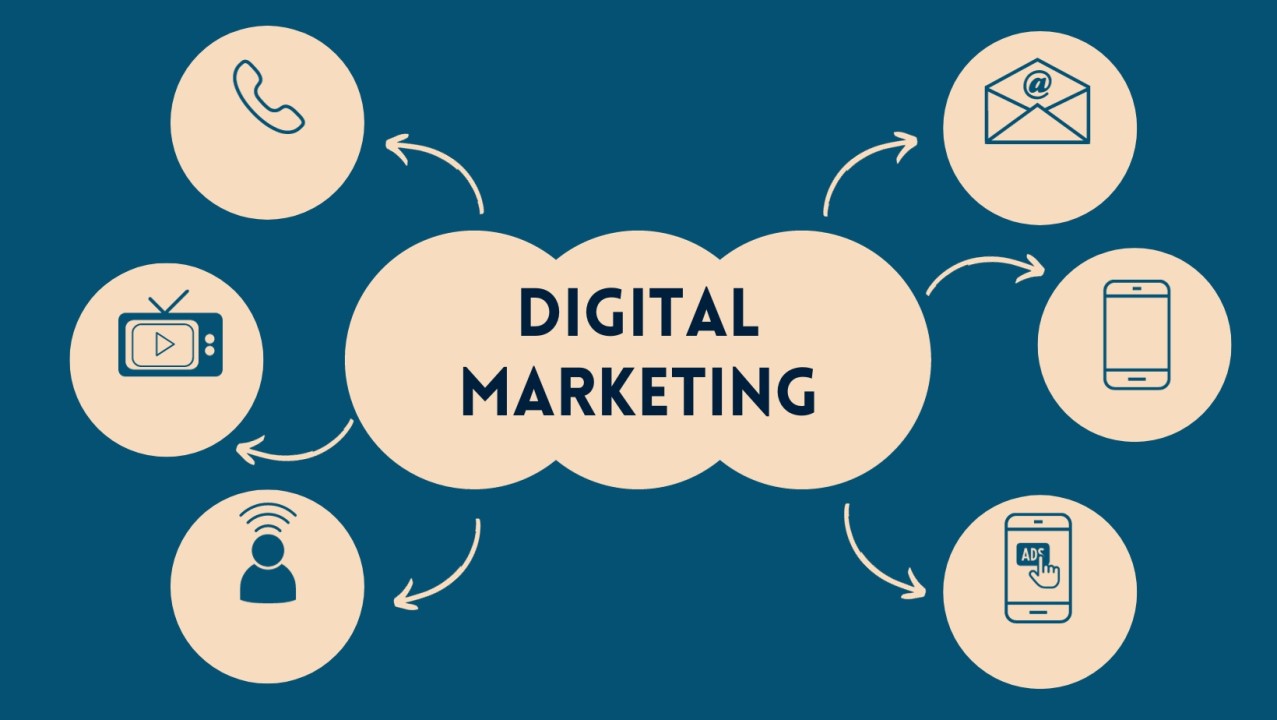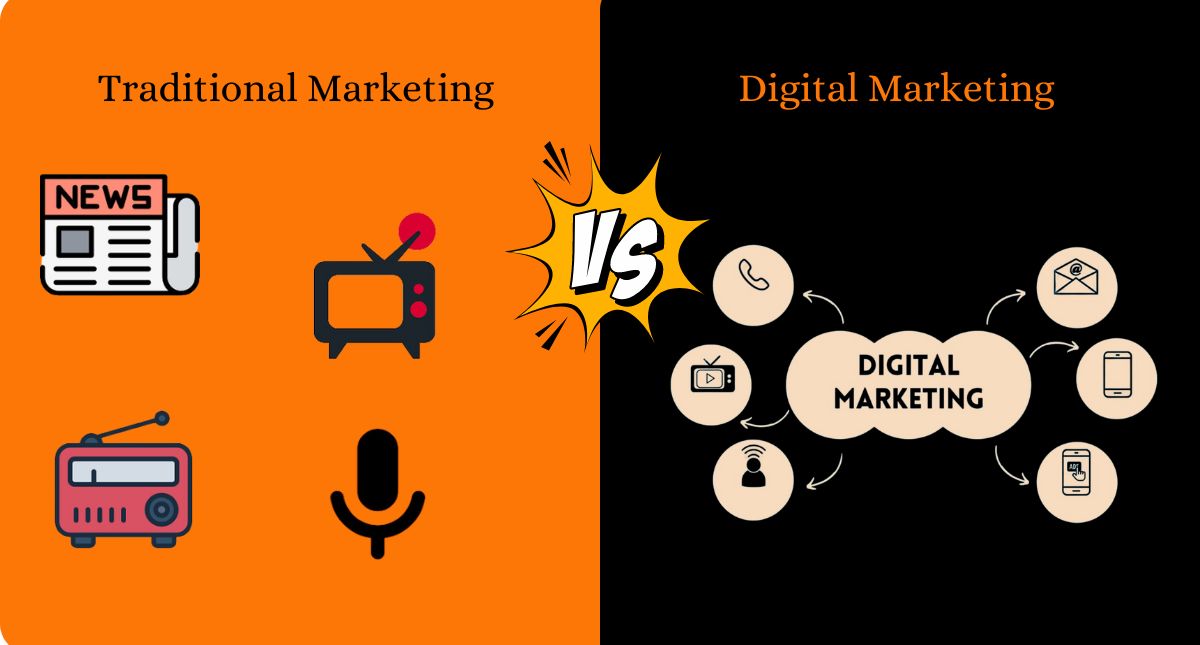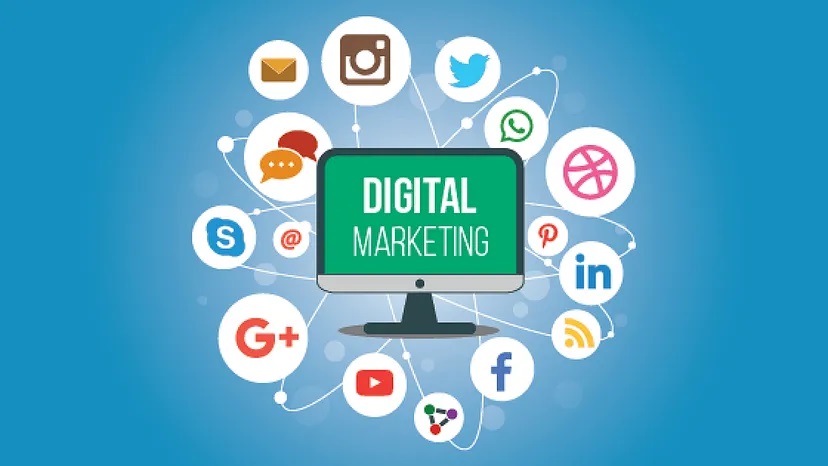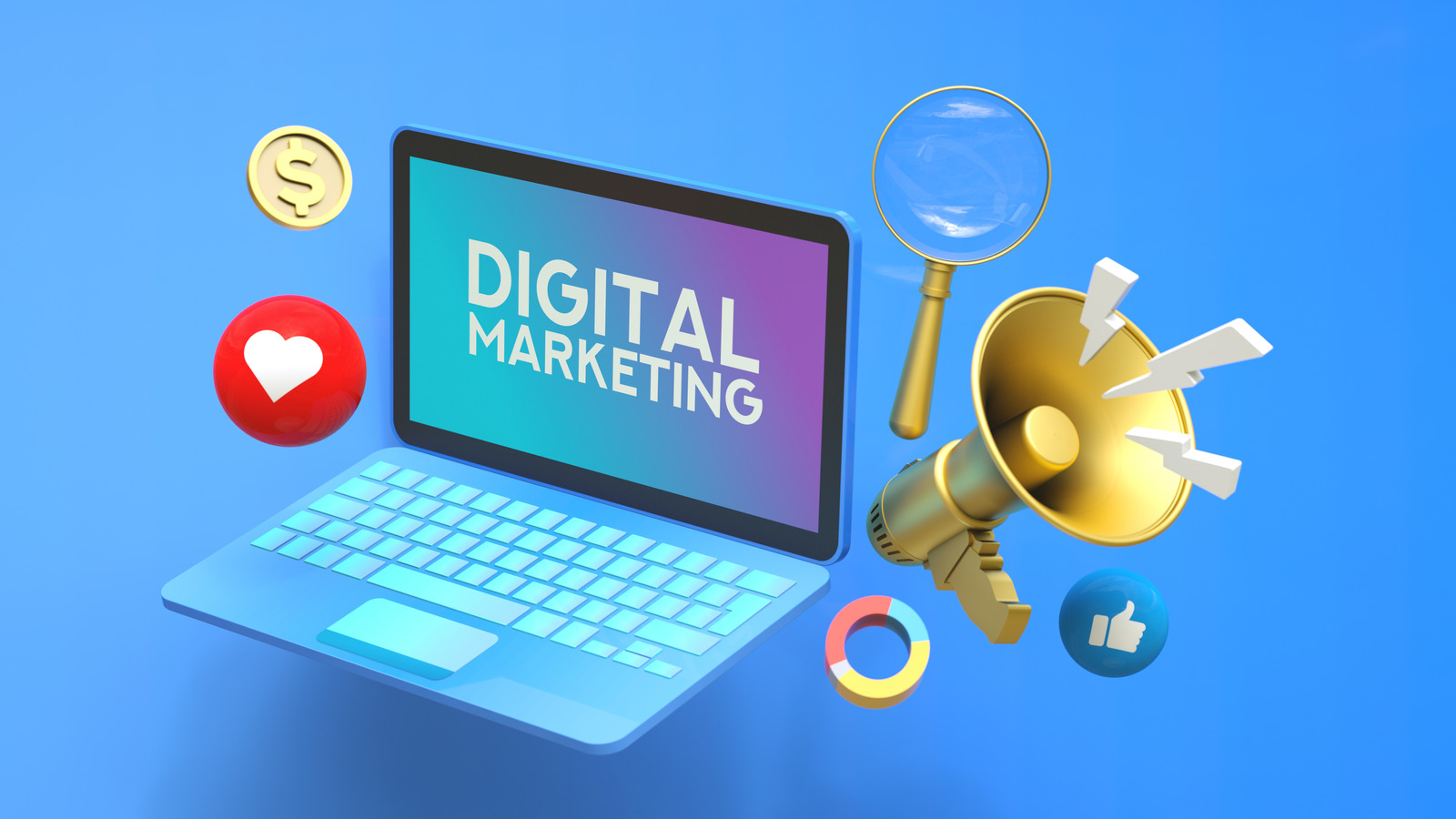
In today's digitally-driven world, the term "digital marketing" has become ubiquitous. From small businesses to multinational corporations, everyone seems to be leveraging digital channels to reach their target audience and achieve business objectives. But what exactly is digital marketing, and how does it work? In this comprehensive guide, we'll delve into the world of digital marketing, exploring its fundamentals, strategies, and the tools that drive success in the digital landscape.
Understanding Digital Marketing
Digital marketing encompasses all marketing efforts that utilize electronic devices or the internet to promote products or services. Unlike traditional marketing methods, which rely on physical mediums like print ads or billboards, digital marketing leverages digital channels such as search engines, social media platforms, email, and websites to connect with potential customers.
The Core Components of Digital Marketing
-
Search Engine Optimization (SEO): SEO involves optimizing your website to rank higher in search engine results pages (SERPs) organically. By optimizing factors like keywords, meta tags, and site structure, businesses can improve their visibility and attract more organic traffic.
-
Content Marketing: Content marketing focuses on creating and distributing valuable, relevant content to attract and engage a target audience. Content can take various forms, including blog posts, articles, videos, infographics, and podcasts.
-
Social Media Marketing: Social media marketing involves using social media platforms like Facebook, Instagram, Twitter, and LinkedIn to connect with your audience, build brand awareness, and drive engagement. It includes both organic (unpaid) and paid strategies.
-
Email Marketing: Email marketing remains a powerful tool for nurturing leads and maintaining customer relationships. It involves sending targeted emails to subscribers with the aim of promoting products, sharing valuable content, or providing personalized offers.
-
Pay-Per-Click (PPC) Advertising: PPC advertising allows businesses to display ads on search engines or other digital platforms and pay a fee each time someone clicks on their ad. Platforms like Google Ads and Facebook Ads offer robust PPC advertising solutions.
-
Affiliate Marketing: Affiliate marketing involves partnering with other businesses or individuals (affiliates) who promote your products or services in exchange for a commission on sales generated through their referral.
Crafting a Digital Marketing Strategy
Developing an effective digital marketing strategy requires careful planning and consideration of your business goals, target audience, and available resources. Here are the key steps involved:
-
Define Your Objectives: Clearly outline what you aim to achieve with your digital marketing efforts, whether it's increasing brand awareness, driving website traffic, generating leads, or boosting sales.
-
Know Your Audience: Understand your target audience's demographics, preferences, and online behavior to tailor your marketing messages and channels accordingly.
-
Choose the Right Channels: Select the digital channels that are most relevant to your audience and align with your marketing goals. It's essential to focus on quality over quantity and prioritize channels where your audience is most active.
-
Create Compelling Content: Develop high-quality, engaging content that resonates with your audience and provides value. Whether it's informative blog posts, entertaining videos, or interactive infographics, content should be relevant, authentic, and shareable.
-
Optimize for Search Engines: Implement SEO best practices to improve your website's visibility in search engine results and attract organic traffic. This includes keyword research, on-page optimization, and building high-quality backlinks.
-
Engage on Social Media: Build a strong presence on social media platforms by sharing valuable content, interacting with your audience, and participating in relevant conversations. Utilize paid advertising to amplify your reach and target specific demographics.
-
Measure and Analyze Results: Track key performance indicators (KPIs) such as website traffic, conversion rates, and social media engagement to evaluate the effectiveness of your digital marketing efforts. Use analytics tools to gain insights and make data-driven decisions.
The Future of Digital Marketing
As technology continues to evolve, the landscape of digital marketing is constantly changing. Emerging trends such as artificial intelligence, voice search, augmented reality, and immersive experiences are reshaping the way businesses connect with consumers online. Staying abreast of these developments and adapting your strategies accordingly will be crucial for staying ahead in the competitive digital marketplace.
In conclusion, digital marketing is a dynamic and multifaceted discipline that offers businesses unparalleled opportunities to connect with their target audience, drive engagement, and achieve business objectives. By understanding its core components, crafting a strategic approach, and staying agile in the face of evolving trends, businesses can harness the power of digital marketing to thrive in the digital age.
Latest Posts
-
Benefits of Digital Marketing Course in Jaipur
29 April 2025
-

SEO as a Career Option in India–Why to Choose It?
21 September 2024
-

Traditional vs Digital Marketing – 8 Differences Between These Two
09 September 2024
-

Digital Marketing for Local Businesses: Why it is Important?
27 August 2024
-

Importance of Digital Marketing in 2025
12 August 2024



